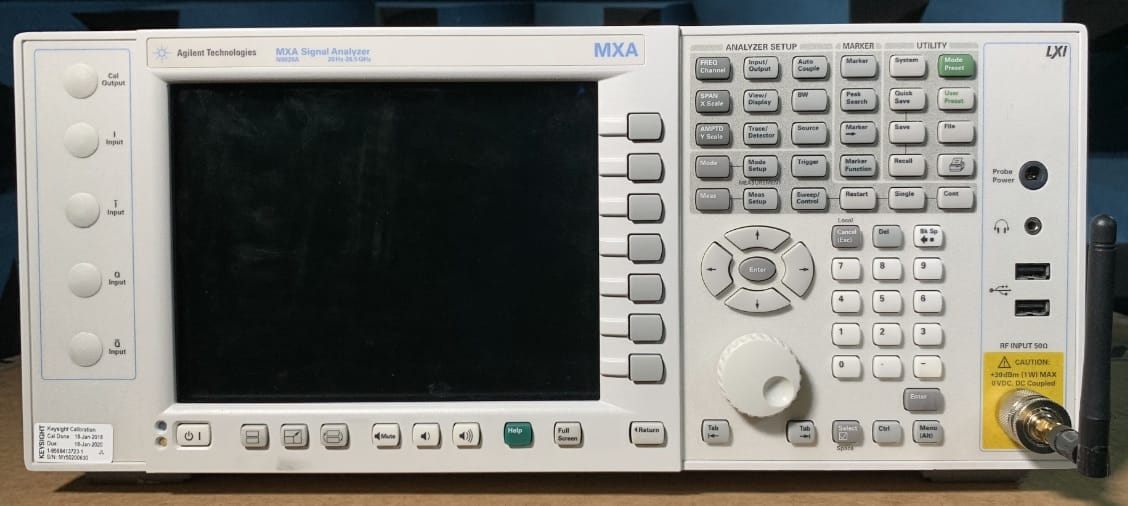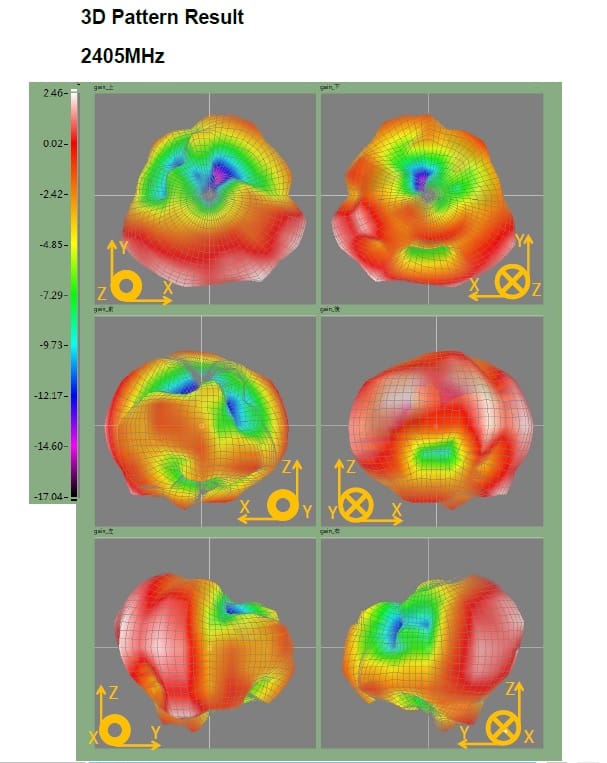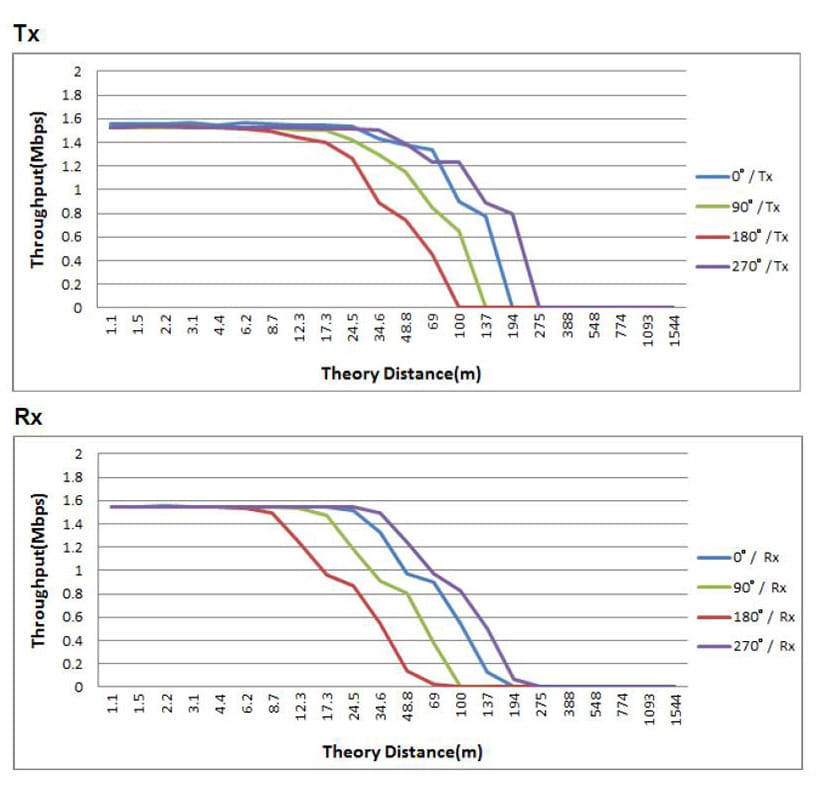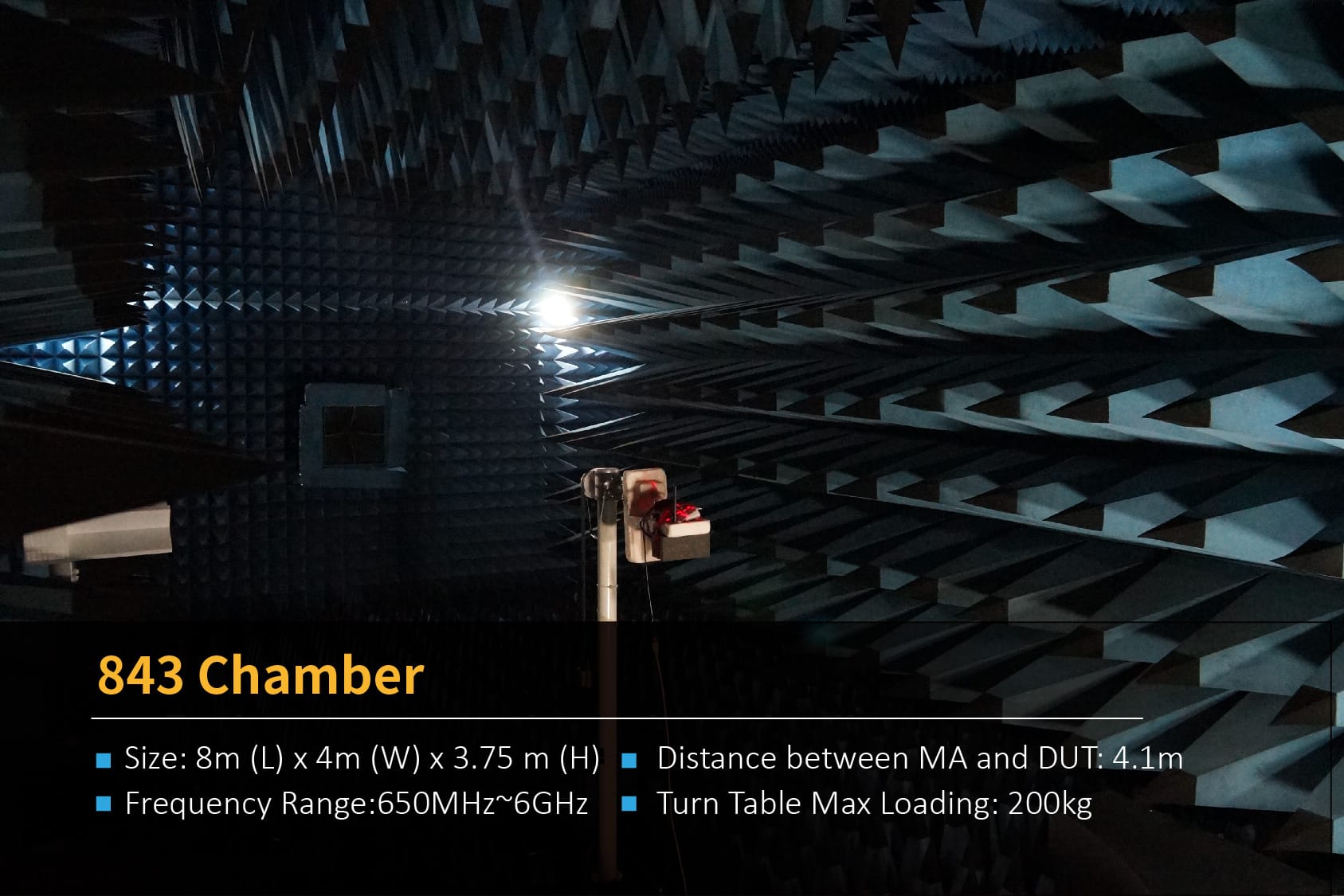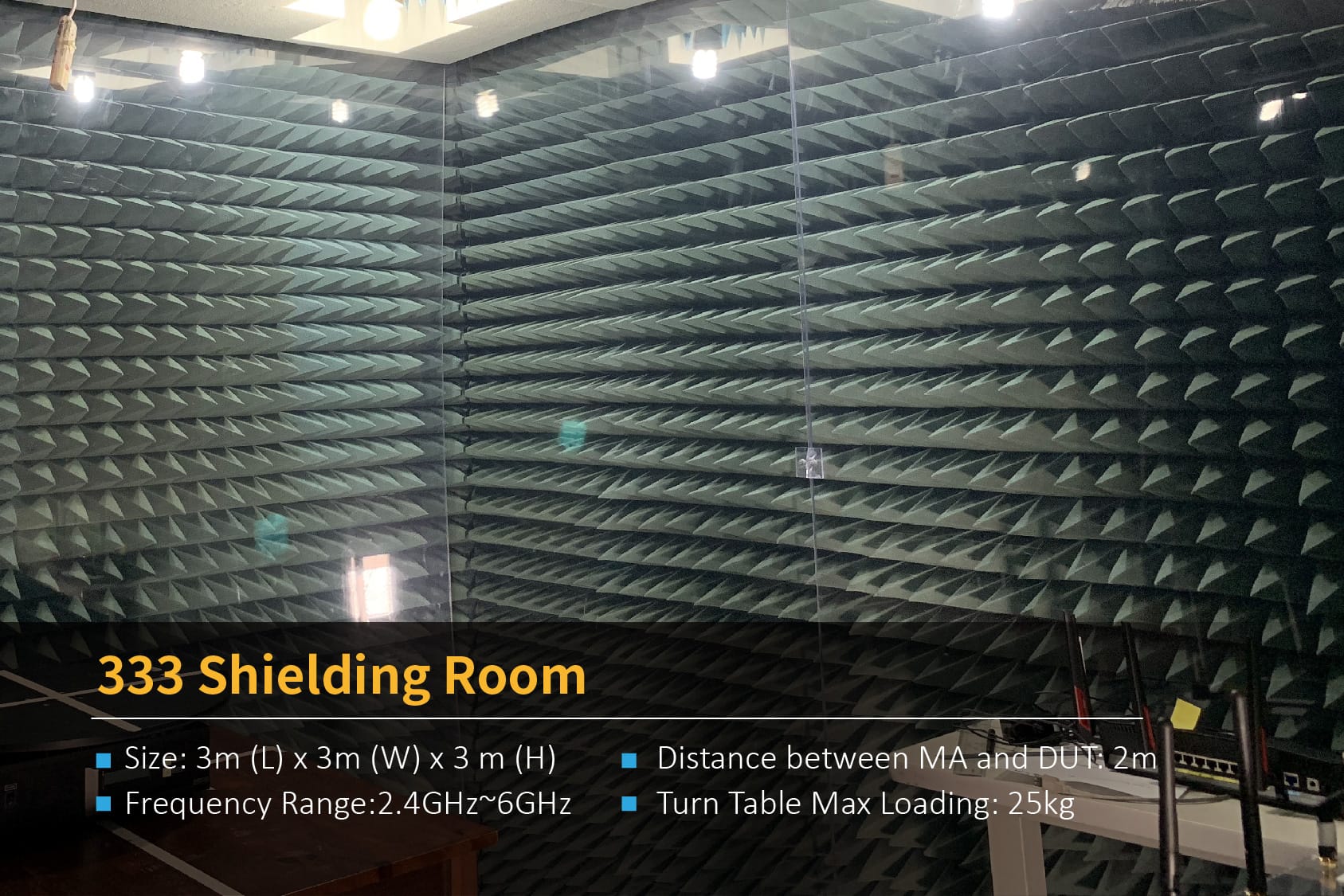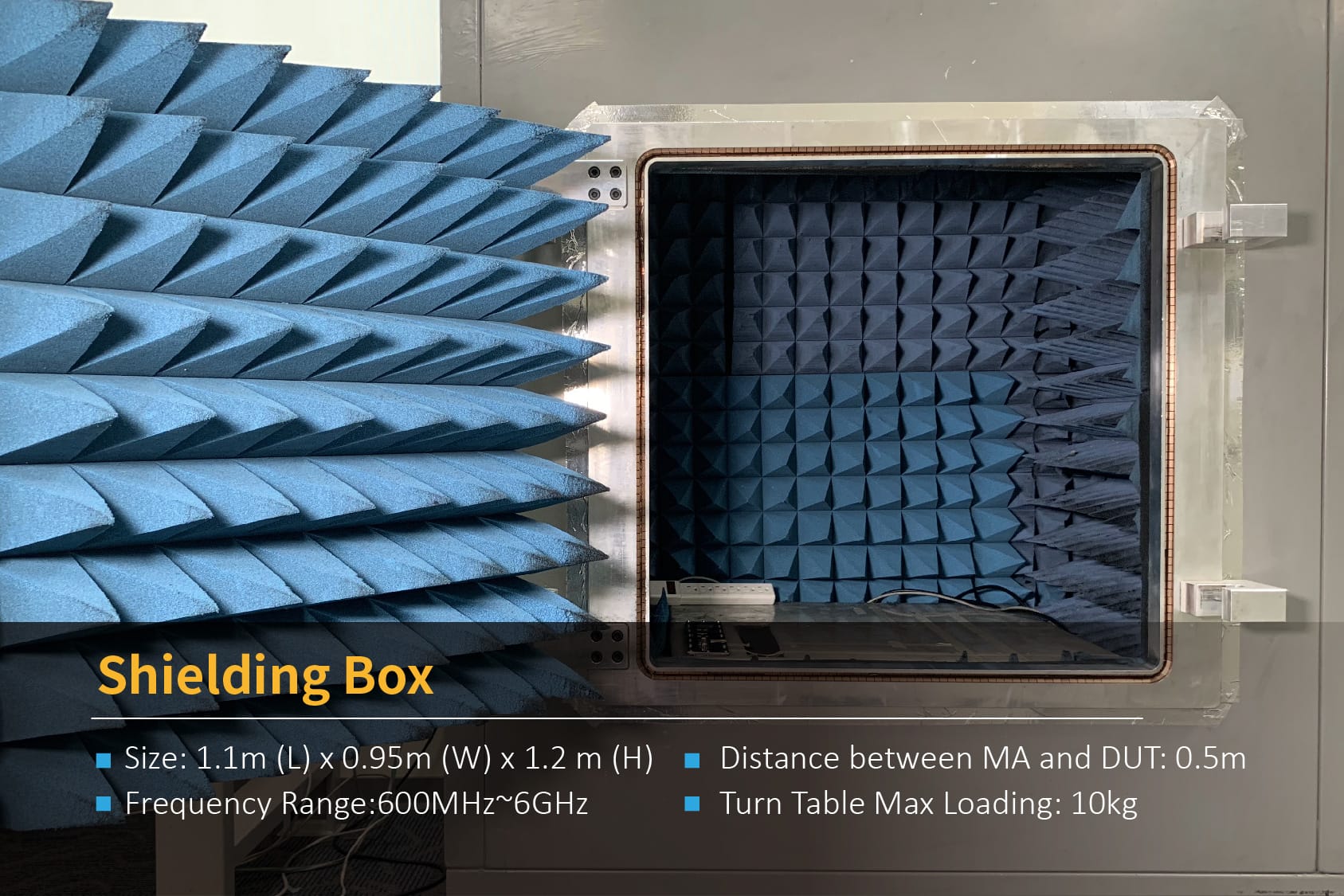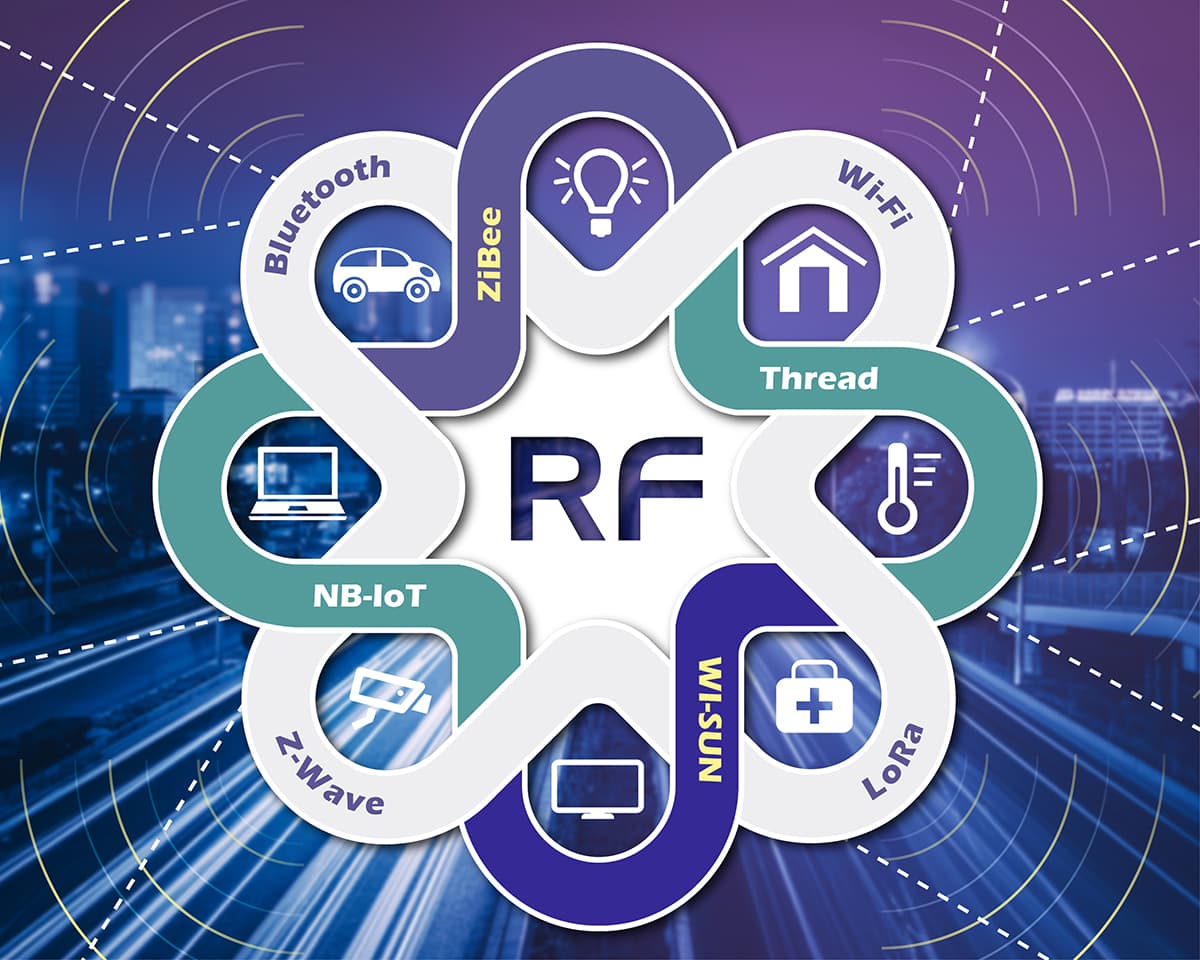
RF Test Lab
IoT uses extensive and diverse wireless communication technologies, such as 4G, Wi-Fi, and Bluetooth®, to make our lives more convenient. However, the use of compound wireless communication technologies has increased the difficulties of product design, and brought forth many issues during usage, such as security.
Inquiry
What is RF?
Radio Frequency (RF) refers to the oscillation of electric currents, usually measured between 3kHz and 300GHz, a radio wave range with long-distance transmission capabilities. Many electronic products and devices, like TVs, broadcasting, 4G/5G smartphones, Bluetooth®, Wi-Fi networks, and Zigbee, utilize these frequency ranges.
Why Do We Need RF Testing?
With the diverse applications of IoT, wireless interference issues are increasing in number. Besides the wireless transmission performance of the product’s antenna, other issues that vendors need to resolve during product development include noise interference from the device’s various electronic components, be it different user behavior that causes transmission performance to drop or mutual interference that occurs when using wireless radio frequencies of similar frequency bands.
What Products Need RF Testing?
- Wireless products (antenna, board, complete machine)
- IoT devices
- IoT platforms and systems, such as cloud logistics management systems, launched by IPC companies that are highly interested in the IoT markets
RF Test Lab
Allion combines various types of wireless hybrid technologies, providing our clients with in-depth RF debugging analysis based on product attributes, usage scenarios, and IoT ecosystem applications to shorten the time to launch the product to the market and consumers.
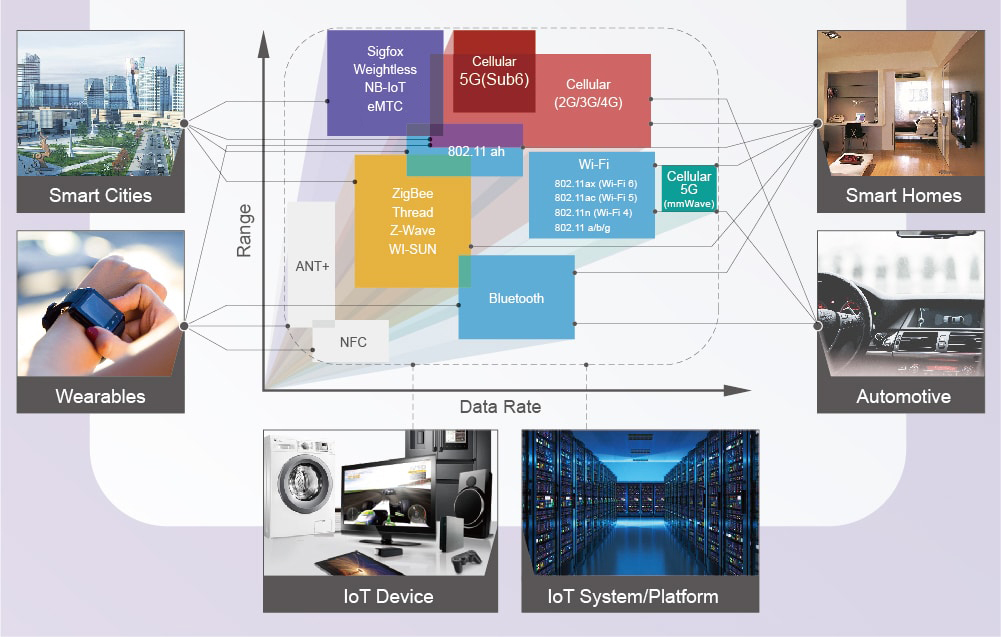
RF Validation Scope and Test Items
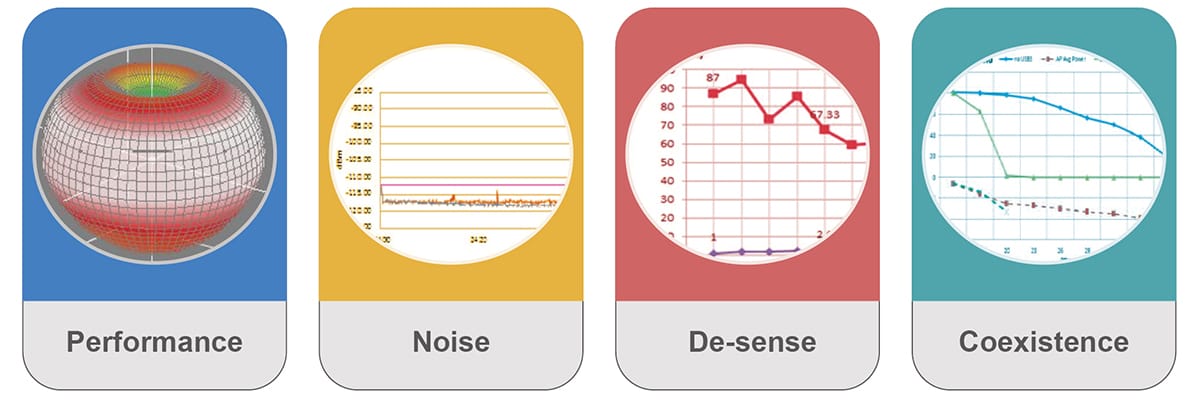
The antenna is an important component for transmitting and receiving electromagnetic waves. The matching status of the antenna and various modules will also affect transmission performance. Through antenna and module measurement and OTA testing, we are able to determine whether the transmit power and receiver sensitivity comply with the design specifications and regulations.

Generally, electronic components generate electromagnetic signals and cause mutual interference, including PCB Layout, Connector, CPU, GPU, Power, and more. By analyzing the noises sent out from the devices, our experienced RF team is able to find the reason for the interference of wireless performance, thereby assisting consumers in improving noise issues.
Different user scenarios may also affect wireless transmission speed, or even cause signal interruption. For example, when saving data using a USB storage device with Wi-Fi connection, it may cause the Wi-Fi transmission speed to drop or even disconnect. Allion provides a customized environment for De-sense testing and enables early detection of potential issues under different user scenarios.
Different wireless signals exist in a single user environment in everyday life, and different RF signals, often due to close frequencies (co-channel, adjacent channel interference), may cause the product’s wireless performance to drop. For example, there may be mutual interference between microwave and Wi-Fi if both use 2.4GHz. Allion makes use of a massive device database and various types of testing equipment, to simulate consumers’ actual practical situation, and perform customized interference source testing for your products.
Professional RF Test Report
RF Testing Environment
Testing Instruments
| Testing Instruments | Spec | Overview |
| Network Analyzer | 2 Ports, 1MHz to 8GHz | Measuring the S parameters of DUTs |
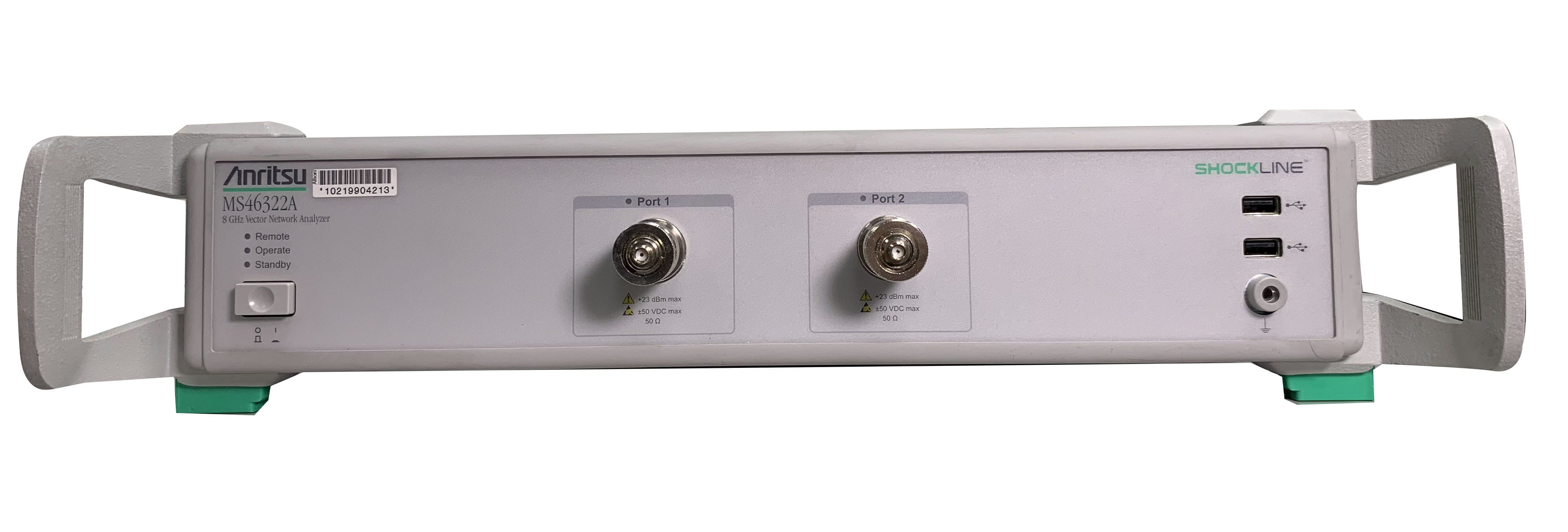
| Testing Instruments | Spec | Overview |
| Base Station Simulator | 6 Ports, supports 2/3/4G, Wi-Fi, and Bluetooth® | Simulating base station signals that enable testers to measure |
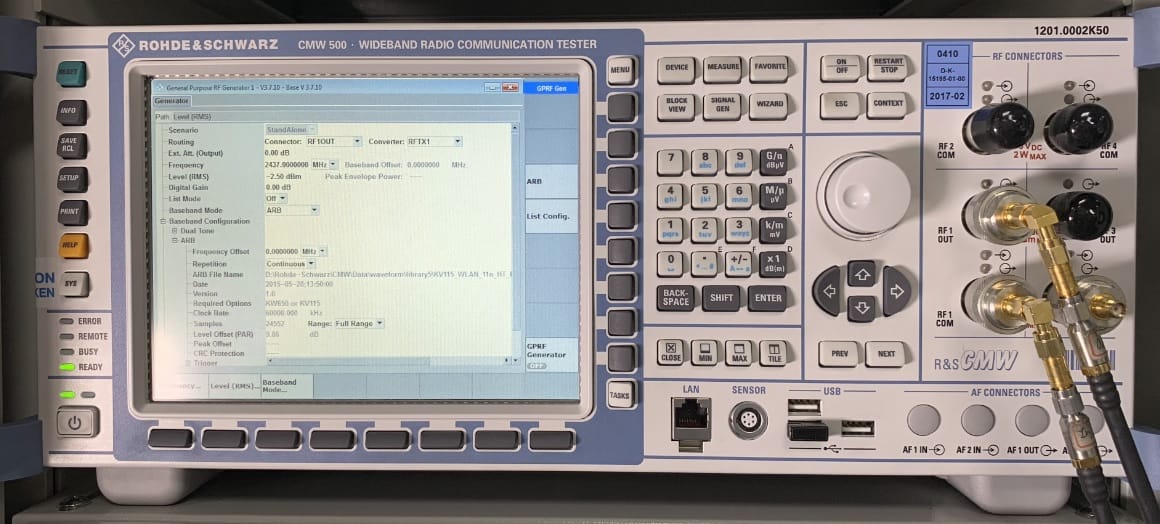
| Testing Instruments | Spec | Overview |
| Spectrum Analyzer | 1 Port, 20Hz to 26.5GHz | Measuring signal strengths and adjusting performances |
